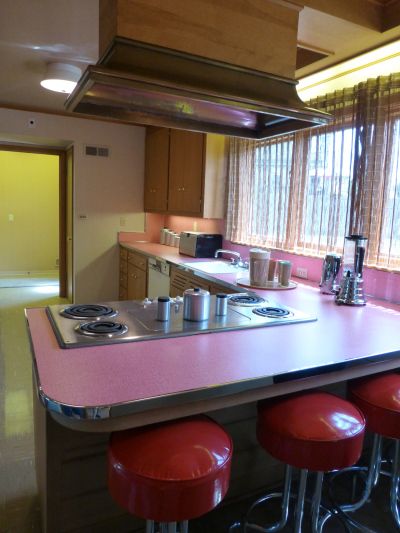Monday, May 13, 2019
A growing number of homes in the U.S. are all-electric, with 25% of residences nationwide using only electricity, according to the Energy Information Administration’s (EIA) 2015 Residential Energy Consumption Survey. The survey contains the latest data available.
The share of all-electric homes has risen in each census region over the past decade, particularly in the Midwest and South. Changes to the types of equipment used in homes and faster population growth in warmer climates have contributed to the rise in all-electric residences, EIA observes.
The high cost of electric heating in colder climates has often limited the use of heat pumps and other electric equipment in those areas, but improvements to heat pump technology have aided their expanded use.
 From 2005 to 2015, the share of U.S. homes using electricity for their main heating equipment increased from 30% to 36%, with the share of heated homes using a heat pump rising from 8% to 12%. At the same time, the share of homes using electricity for their main water heating increased from 39% to 46%.
From 2005 to 2015, the share of U.S. homes using electricity for their main heating equipment increased from 30% to 36%, with the share of heated homes using a heat pump rising from 8% to 12%. At the same time, the share of homes using electricity for their main water heating increased from 39% to 46%.
Single-family detached homes were the least likely to be all-electric—18% in 2015—while mobile homes were the most likely at 44% that year. Newer homes were also more likely to be all-electric. Thirty-five percent of homes built in 1980 or later used only electricity, compared with 17% of homes built before 1980.
EIA notes that end uses in homes, such as air conditioning and lighting, only use electricity. Others such as space heating, can use a variety of fuels. The end uses considered for the agency’s analysis included space heating, water heating, air conditioning, lighting, cooking, clothes drying, swimming pools, and hot tubs. Not included were outdoor grills, natural gas or solar-powered outdoor lights, and uses not listed in the survey’s questionnaire.
(SOURCE: The Weekly Propane Newsletter, May 13, 2019)
The share of all-electric homes has risen in each census region over the past decade, particularly in the Midwest and South. Changes to the types of equipment used in homes and faster population growth in warmer climates have contributed to the rise in all-electric residences, EIA observes.
The high cost of electric heating in colder climates has often limited the use of heat pumps and other electric equipment in those areas, but improvements to heat pump technology have aided their expanded use.
 From 2005 to 2015, the share of U.S. homes using electricity for their main heating equipment increased from 30% to 36%, with the share of heated homes using a heat pump rising from 8% to 12%. At the same time, the share of homes using electricity for their main water heating increased from 39% to 46%.
From 2005 to 2015, the share of U.S. homes using electricity for their main heating equipment increased from 30% to 36%, with the share of heated homes using a heat pump rising from 8% to 12%. At the same time, the share of homes using electricity for their main water heating increased from 39% to 46%.Single-family detached homes were the least likely to be all-electric—18% in 2015—while mobile homes were the most likely at 44% that year. Newer homes were also more likely to be all-electric. Thirty-five percent of homes built in 1980 or later used only electricity, compared with 17% of homes built before 1980.
EIA notes that end uses in homes, such as air conditioning and lighting, only use electricity. Others such as space heating, can use a variety of fuels. The end uses considered for the agency’s analysis included space heating, water heating, air conditioning, lighting, cooking, clothes drying, swimming pools, and hot tubs. Not included were outdoor grills, natural gas or solar-powered outdoor lights, and uses not listed in the survey’s questionnaire.
(SOURCE: The Weekly Propane Newsletter, May 13, 2019)

